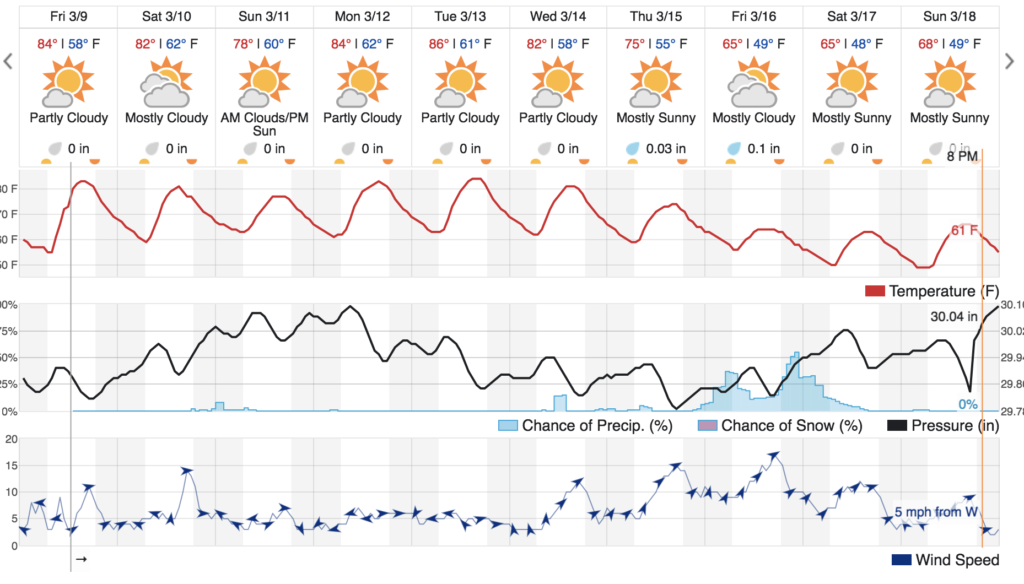Rattlesnake peak-activity is just around the corner, and we’re all about to see a lot of reports of snake sightings on Arizona trails. Almost as common are declarations like “that’s it for hiking for me this year!”. That’s unfortunate, since seeing rattlesnakes in Arizona’s natural areas is one of the most amazing things about this state. I can imagine that not everyone feels this way, but not to worry … even for people who are deathly afraid of snakes, there’s really not much to worry about. Having had about every type of rattlesnake encounter a person can over years of working professionally with rattlesnakes in wild settings, here’s what you need to know to stay safe, fang-free, and enjoy Arizona’s amazing trails. Stay safe and keep hiking!
If I miss anything or you have a specific question that should be answered, post it in comments and I’ll edit/answer in the blog.
1. Understand what “aggressive” means.
This is a perspective shift that can help hikers stay safe by just having reasonable expectations about what actually happens when you run into a rattlesnake out there. A common question we are asked is “which rattlesnake is most aggressive?”, and the answer, is no rattlesnake is aggressive! When they’re threatened, however, they can quickly become defensive. That might sound like word games, but they mean completely different things when describing how a snake behaves. An aggressive animal is the instigator, it attacks without provocation and seeks interaction. A defensive animal avoids confrontation, but will defend itself and try its best to prevent its early demise.
The latter more accurately describes rattlesnakes, and how they respond to hikers. When a hiker sees a rattlesnake on a trail (or hears it!) buzzing away and standing tall, this is not a sign that it’s about to attack. A rattle is not a battle cry! It’s just a warning, saying “hey, just letting you know I’m here, so let’s not meet!” It’s actually quite considerate if you think about it.

Rattlesnakes can’t eat us, have no reason to attack us, and really, they have no idea what we are. If rattlesnakes were actually aggressive, not one of us would survive a hike in any natural area in Arizona, and I’d certainly be dead several times over. Fortunately, they’re not, and you can breathe a sigh of relief that personal stories about rattlesnakes attacking unprovoked are very overblown.
Here’s a video I took in early 2018 at a rattlesnake den in Cave Creek, Arizona, that shows their behavior when they’re being scared. Even though I was pretty close to them, I was never in any danger. This is the side of rattlesnakes most people never hear about, and doesn’t make for dramatic stories at the watercooler.
[embedyt] https://www.youtube.com/watch?v=OwMqt8bf55E[/embedyt]
How does this keep a hiker safe from rattlesnakes? This is the perspective that makes all other steps for rattlesnake safety possible. Having reasonable, realistic context for what is actually happening when you see a rattlesnake can completely change how you perceive and remember it. It will also help you make decisions based on logic, rather than fear, and the adrenaline that may be blasting through your veins.
And … I know what you may be thinking. You may have had an experience with a rattlesnake that seemed aggressive. A strike out of nowhere, no rattling, or even a memory of one coming after you. This is a complicated topic, but to make it as short as possible: our brains do strange things, especially when confronted with something we fear. I’ll address some aspects of this in other parts of this article … but this is another topic altogether.
2. Get to know the snakes in your area.
This could be a painful truth for the most snake-phobic of us, but learning and exposure can help ease even the greatest fears. As stated in the previous item, the context that exists in our minds can greatly influence how we handle a situation, and how we remember it. If you just roll with the cultural bias and loads of misinformation out there about rattlesnakes, you may have a much worse mental perspective and lesser ability to do the right thing when a snake appears.
This doesn’t mean you have to become a snake handler to conquer your fear. Rather, a bit of online exposure can do wonders. From our experience working with many thousands of people who really would rather not have met a snake in their garage, knowing the difference between a Gophersnake and a Western Diamondback Rattlesnake is what makes the difference between getting any sleep that night. There are many online resources for identification and some basic learning. This list of commonly seen snakes in Arizona covers most of the ones people run into. There are also area-specific resources, like this website we put together that shows which snakes can be found in Cave Creek, Arizona, and information about them. Don’t forget, too, that you can always send us a photograph of any snake and we’ll identify it and answer any questions you have (this doesn’t cost anything of course).
Another thing you can do is to visit your local County park or zoo and see a rattlesnake in person. Of course this feels different when it’s behind glass, but getting an up-close look can really change how your brain handles these situations. Better yet, attend a rattlesnake safety or rattlesnake education class near you.
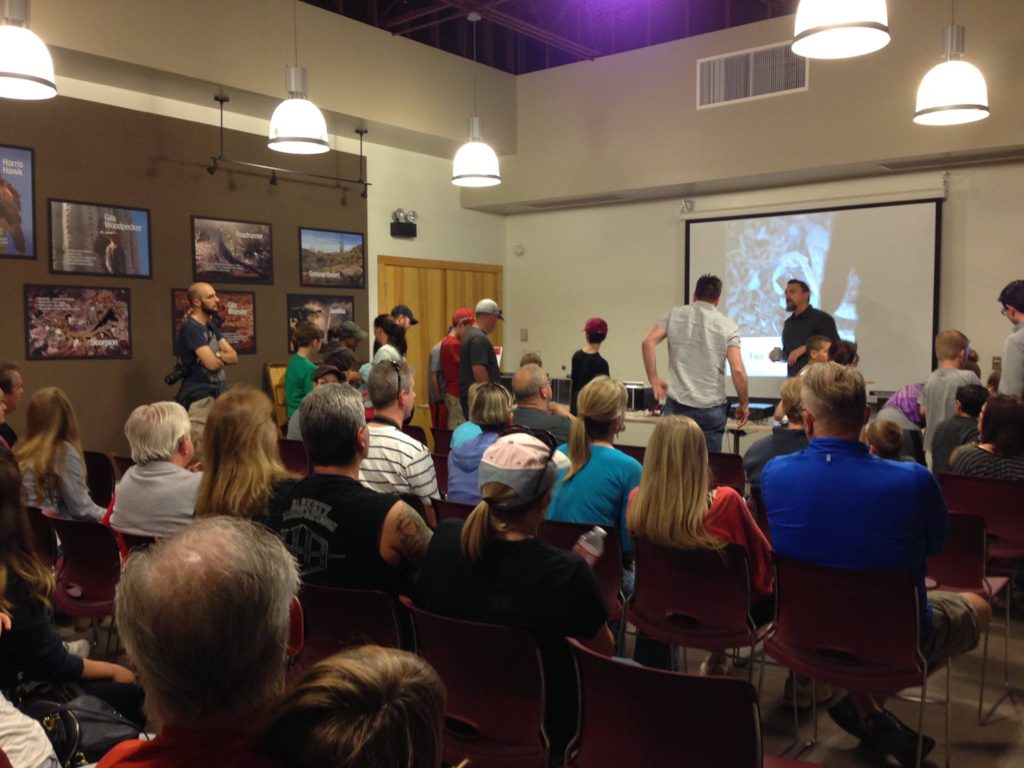
3. Keep your hands and feet where you can see them.
This one can be a little bit tough, depending on where you are hiking. Rattlesnakes spend a lot of their time hiding, and most of the other time they have is spent sitting in ambush, waiting for a rodent, lizard, or bird to come along. That means that you can avoid many of the situations where rattlesnakes could come into contact with your feet and hands by simply making sure that you see where you are putting them. A rattlesnake sleeping away the day behind a log has no idea what a trail is, and when your foot and full weight come crashing down suddenly, what’s a snake to do but defend itself?
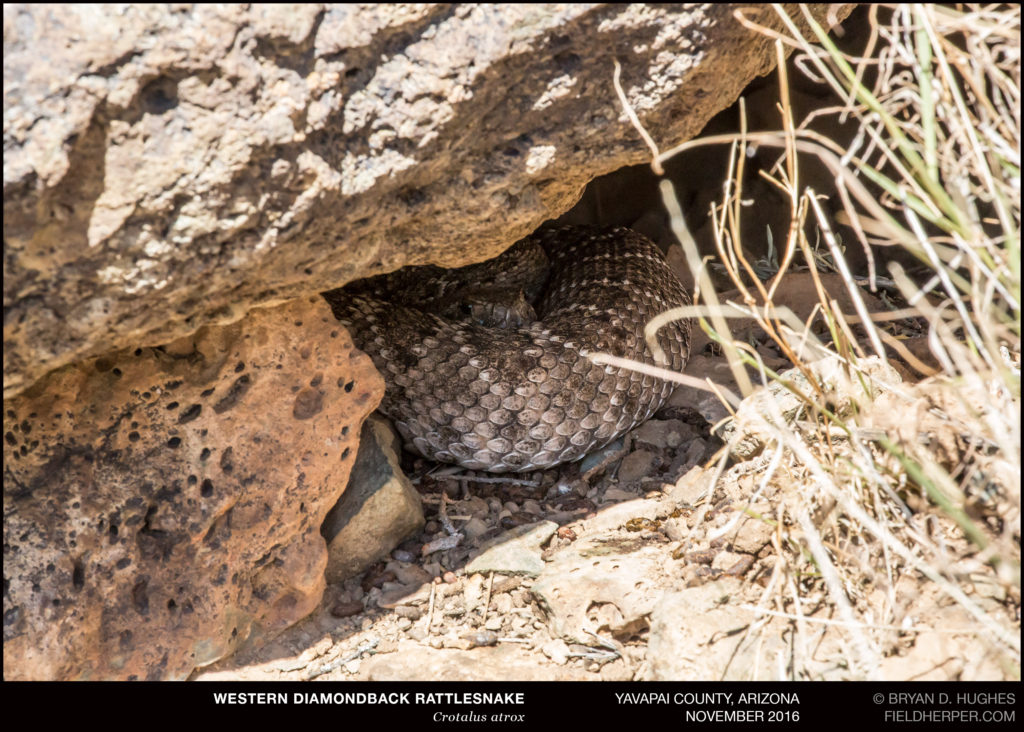
When setting up camp, or even grabbing your pack after a break in the shade, be sure to look where you put your hands. I’ve had a rattlesnake crawl onto my camera bag while it was on the ground (while I was photographing another rattlesnake a short distance away), and may have been bitten if I hadn’t had it so built-in at this point to look where I put my hands.
On most trails, this is pretty easy. But what about scrambling up flatiron, or wading through grass and rock around Paria canyon? That can be more difficult, but in general, do what you can to avoid these situations. There are trails for a reason, which leads to our next section:
4. Stay on designated trails
There are many reasons why you should stay on the trail. Aside from the more often-discussed reasoning of keeping the area pristine and avoiding degradation of the natural habitat we’re out there to enjoy, staying on-trail is the easiest and surest way to avoid rattlesnakes.
Just like most of us, rattlesnakes avoid stressful situations. In places where there is heavy human activity, they’ll modify their behavior to stay hidden and avoid potentially dangerous situations. From what many of us who have been watching rattlesnakes hunt right alongside trails for years know very well, they’re pretty good at it. While there are some often great hunting opportunities near trails, sitting right in the middle of a trail that has feet, bikes, and dogs on it every day isn’t a great success strategy, so they don’t do it. When a rattlesnake is seen on a trail, it’s most often just crawling across it, or just off-trail buzzing away because it’s scared of the sudden appearance of a backpack-wearing primate. Rattlesnake bites to the legs of people who are hiking on trails are very rare.
This brings up another common question: what do you do if you see a rattlesnake on a trail and it won’t leave? This one is easier than you’d think … you go around it. There really are very few situations where a person can’t just go around a rattlesnake on a trail. Yes, this seems to contradict what I’d just said by asking you to perhaps go a few feet off-trail for a very short distance, but it’s not a big deal and very different than the over-land trail blazing that produces rattlesnake encounters.
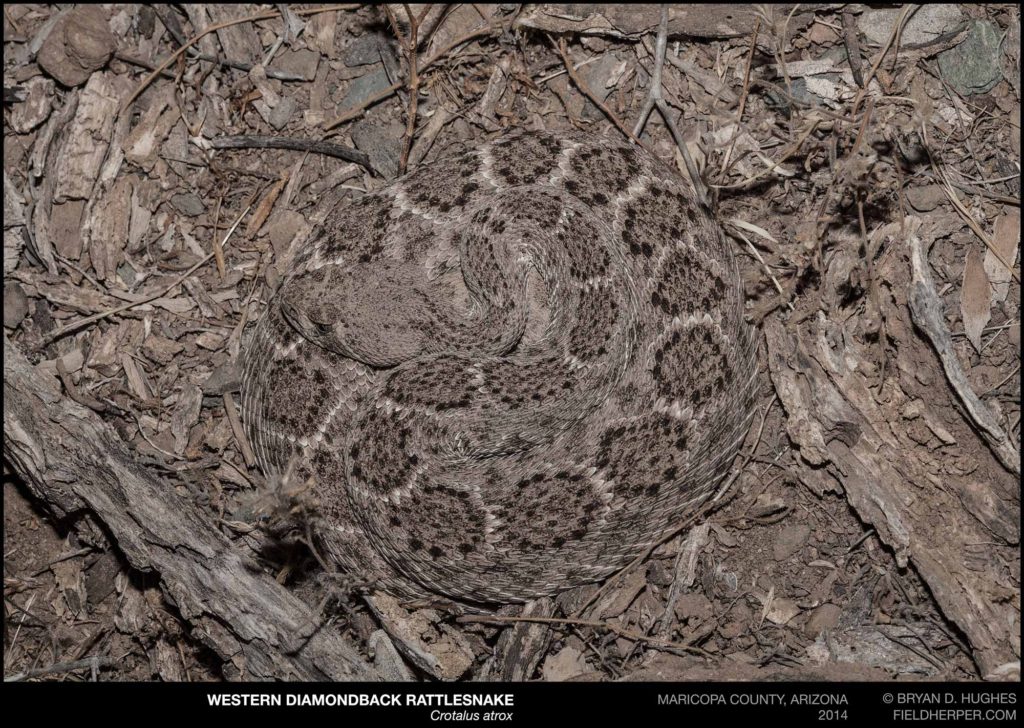
If you can’t go around, then back off and get out of sight for a few minutes. When a rattlesnake is standing up in a defensive posture, it’s doing it because it is scared of you and does not want to give up a defensive position that seems to be working. When the “predator” (aka: YOU) gets out of sight, the snake will quickly take the opportunity to get out of there! In fact, a lot of the snakes that I see pictures of that are “sunning” on a trail actually look to be snakes that were just crawling across the trail, and stop when they see you coming, hoping their camouflage will do the trick. Drop out of view for a little bit and it will continue on its way … or just walk around the thing and continue on. If it’s really in a place that you can’t get around and it just won’t go away … maybe it’s time to try another trail.
Here’s a video of a rattlesnake we saw eating what it thought was a bird right alongside a trail in a popular hiking area.
[embedyt] https://www.youtube.com/watch?v=l6CZDMkGNvY[/embedyt]
5. Don’t wear headphones when you hike.
Rattlesnakes have a really great feature that does a great job keeping us from stepping on them – the rattle. When you get too close to a wary rattlesnake, it sounds off to let you know that you’re getting too close. As scary as it might seem when this happens, the result of you going one way and the snake going the other is how that’s supposed to work; that’s the system working.
How do you ruin a good thing? Replace the sounds of birds and wind winding through desert canyons with the same sounds you listen to while stuck in traffic. When you have headphones on, you’re opting out of the built-in safety features generously maintained by rattlesnakes. Even worse, if you’re blasting music for all to hear, you’re not only facing the danger of “silent” rattlesnakes, but from me throwing rocks at you.
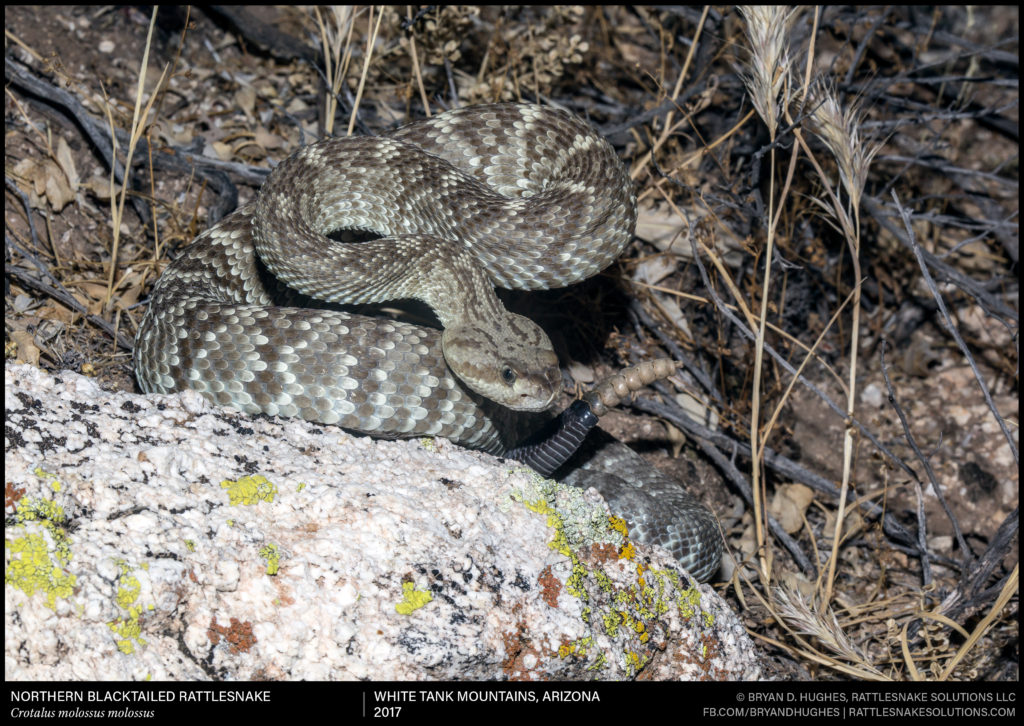
6. Don’t touch, catch, pick up, or kill rattlesnakes.
You’d think this is an easy one, but hundreds of men each year must have skipped that day of Obvious 101. Though it is not correct to say that most bites happen because of intentional interaction, these actions are the single greatest cause of rattlesnake bites. There is no better way to be bitten by a rattlesnake than to purposefully touch the thing, so don’t do it.
There’s something about rattlesnakes that makes men want to pick them up. That might mean behind the head like they saw someone do on TV, or by the tail, or after they’ve crushed it with a rock. There is absolutely no reason to do this, and trust me, your Instagram post isn’t worth a potential multi-hundred thousand dollar helicopter ride to the hospital. While you might be confirming to your circle of friends that you’re the dumb one of the group, there are probably better ways to do it. Parkour? Cinnamon challenge? Paperclip eating contest? Who knows, but picking up rattlesnakes isn’t bright.
This can be extended to throwing pebbles, poking with sticks, and any of the actions that are seemingly irresistible to certain personalities. Really, take a breath, take a photograph, and keep hiking.
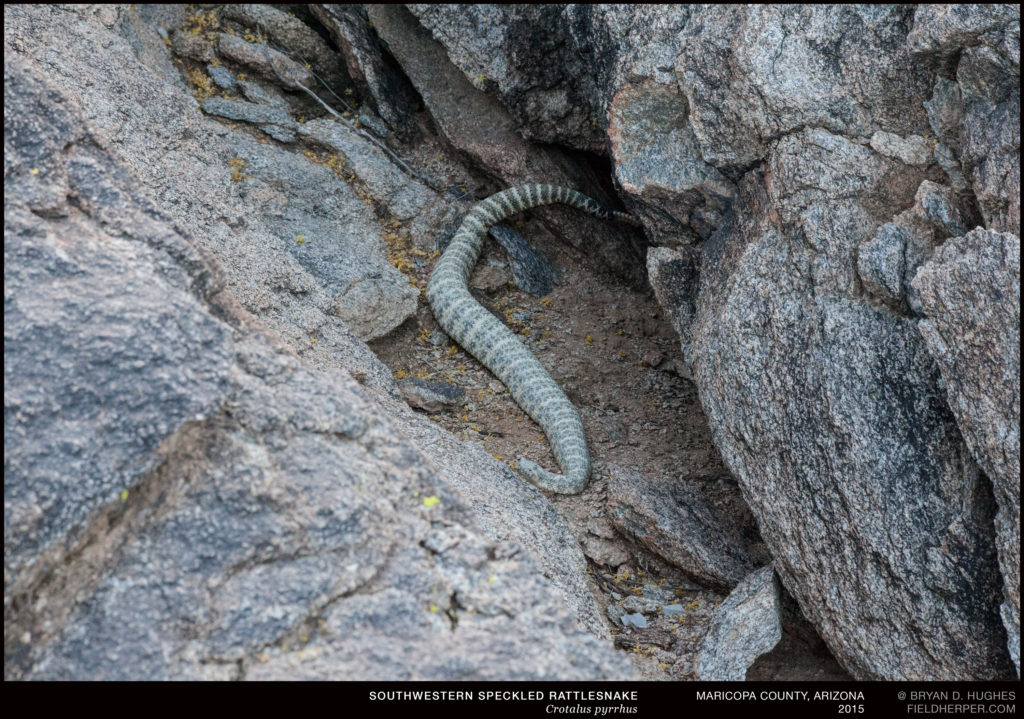
7. Killing a rattlesnake isn’t helping anyone. Don’t do it.
While we certainly don’t agree with people killing snakes found at home, due to the many alternatives and general ineffectiveness of it all, this is not that situation. There is absolutely no reason to kill a wild animal while out in a natural setting. You are not saving the life of the next hiker on the trail. You are not eliminating a threat and saving the day. If you can’t be outside without taking your rightful place as a respectful visitor, it’s probably time to hike somewhere more your style, like a treadmill.
In many places, it’s also illegal or against park rules. In many of the popular areas like city and county parks around Phoenix and Tucson, visitors are not allowed to destroy native wildlife and natural resources. Killing wildlife in these areas is right up there on the d-bag-o-meter with spray painting rocks and chiseling your name into petroglyph sites.
8. Keep your dog on a leash.
Based on a survey we’ve been sending to veterinarians and sharing with dog-owners to discover why and where dogs are bitten by rattlesnakes, we’ve learned that off-leash dogs are often bitten by rattlesnakes. In fact, an off-leash dog is the second most common way for dogs to be bitten (first is while going out to use the bathroom). We’ve always suspected this, but we were surprised to learn that dogs that are kept on-leash, as the law requires anyway, are almost never bitten by rattlesnakes! How can this be?
Most bites to dogs happen on the nose. That means that the dog didn’t just step on or surprise the snake, but is itself the aggressor. Dog’s don’t know what rattlesnakes are, and rattlesnakes certainly don’t know what a labradoodle is, so when a snake starts its warning buzz, dogs go to investigate. If your dog is on a leash, this isn’t a problem at all, because you have control of the situation. Off-leash dogs, on the other hand, walk up and are bitten right in front of their helpless owners. Yes, your dog may be very obedient and the best boy in the world, but don’t gamble his life to avoid a simple leash.
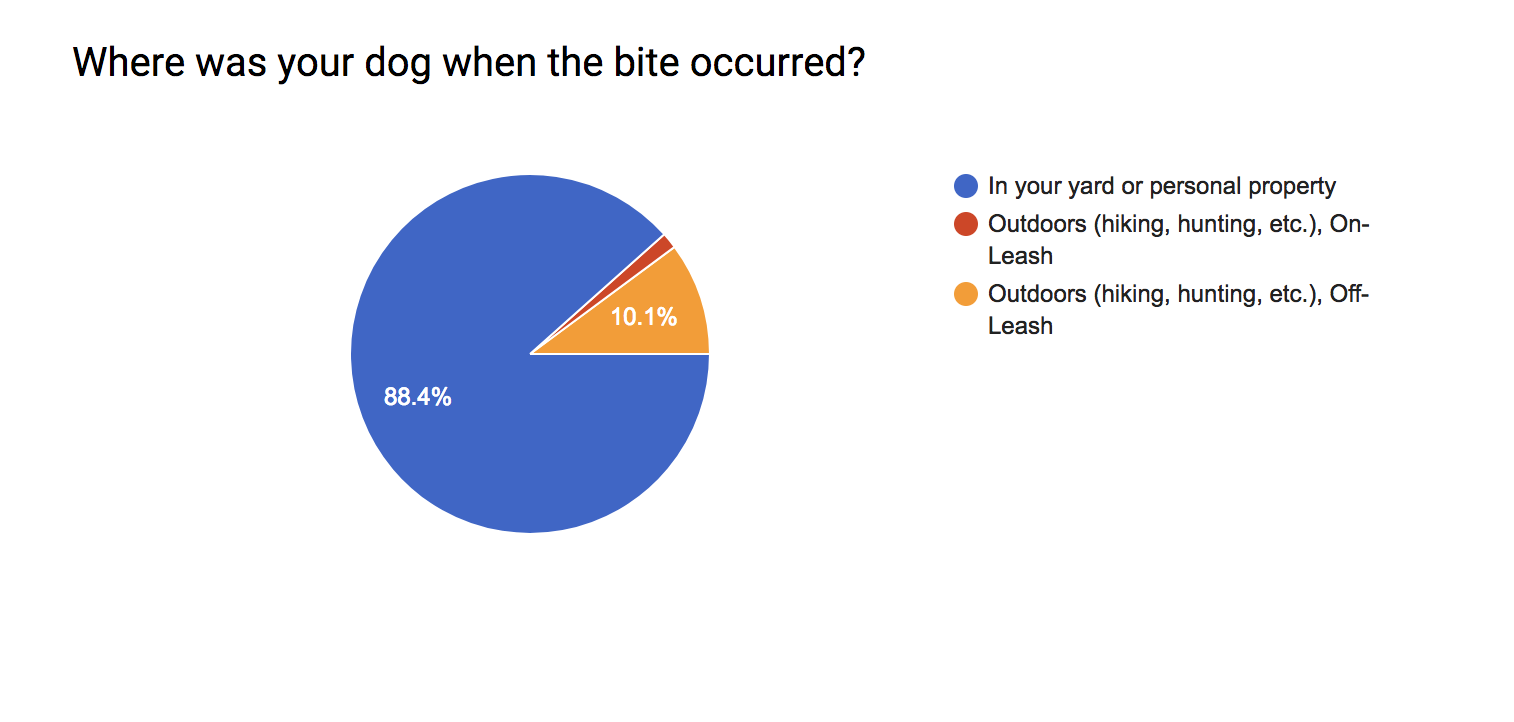
While on the subject of dogs:
9. Pick up your dog poop.
If you’re reading this while eating a sandwich, it might be good to put it down for a minute while we have real-talk about your dog’s poop.
On trails where dogs allowed (and common) how to maintain their poops is surprisingly controversial. The best and most simple answer is to just pick it up as you go. There are many products available to quickly pick up their little treasures and take them with you. Easy!
You’d think so, but that’s a lot of work for some of us. Some people just leave it where it falls. Others go as far as to put it in one of those little blue poop baggies, then leave it there to pick up on the way back. Aside from being illegal and inconsiderate to other hikes, what could go wrong? A lot. These bags often don’t actually make their way out off the trail. They are picked up by coyotes and other animals, blow off trails, are forgotten or left, or whatever other reason would cause someone to leave a plastic bag of dog crap in alongside a trail.
One group of animals that loves these little wrapped up treats are rodents. Rodents get into these bags like its the morning after halloween and munch away. Woodrats carry them off and stick the bags in their middens, and even rabbits will graze on trail tootsies when they find them.
What does this have to do with rattlesnakes? Simple: your dogs poop is attracting rattlesnakes to the edges of trails. Though rattlesnakes near trails aren’t really a threat to people (as you’ve been reading so far), it’s not necessarily a great thing to encourage them to set up ambush right along the path. Anything that attracts rodents will attract snakes, too. This goes for apple cores and orange peels, too. Just pick it up.
10. Have a plan.
Despite all of this, accidental rattlesnake bites do happen in Arizona. On trails and while hiking, it’s not something that happens often enough to say things like “done hiking for the year!” at the first snake sighting, but it’s something to be aware of. The best thing you can do is just make sure that you have a plan.
While it doesn’t really sit well with most of us, there isn’t much that you can do first-aid-wise if you are bitten by a rattlesnake. As is posted by now on countless hiking safety blog posts, here are the basic do’s and don’ts:
- DO call 911 immediately and do what they say.
- DO remain calm, remember that you’ll survive, and try and rest until help arrives.
- DO remove any jewelry, tight clothing, or anything that could be a problem with swelling.
- Don’t cut, suck, apply ice, or “bleed” the bite.
- Don’t tie it off, and don’t attempt a compression bandage.
- Don’t kill or capture the snake – it’s irrelevant.
- Don’t use a suction device, snake bite kit, or whatever grandma potion you think works.
- Don’t drive yourself to the hospital. Call 911. Seriously.
- Don’t wait around to see if it’s a dry bite. Treat all rattlesnake bites as an emergency until a doctor tells you otherwise.
I’m often asked about what to do if you’re bitten by a rattlesnake when you’re really far off trail, out of cell range for days, and nobody knows where you are or when to expect you. The answer is to plan ahead! In that situation, if you’ve really put yourself in a place where you have no chance of emergency assistance if something goes wrong, then a rattlesnake bite isn’t any more deadly to you than a broken leg. If you do this sort of hiking, get a satellite phone and think it through.
If you have one of those useless snake bite kit in your backpack, here’s a short instructional video I made about its proper use:
[embedyt] https://www.youtube.com/watch?v=pF3m_Q4CeUc[/embedyt]
The short version:
How do you stay safe from rattlesnakes while hiking?
- Understand that they are defensive, not aggressive.
- Know what you’re looking at: educate yourself.
- Keep your hands and feet where you can see them.
- Stay on designated trails at all times
- Don’t wear headphones. The warning doesn’t work if you can’t hear it.
- Don’t touch them, pick them up, kill them, etc.
- Killing a rattlesnake on a trail isn’t helping anyone, and may be illegal.
- Keep your dog on a leash.
- Pick up your dog poop
- Have a plan – know what to do if you’re bitten.

